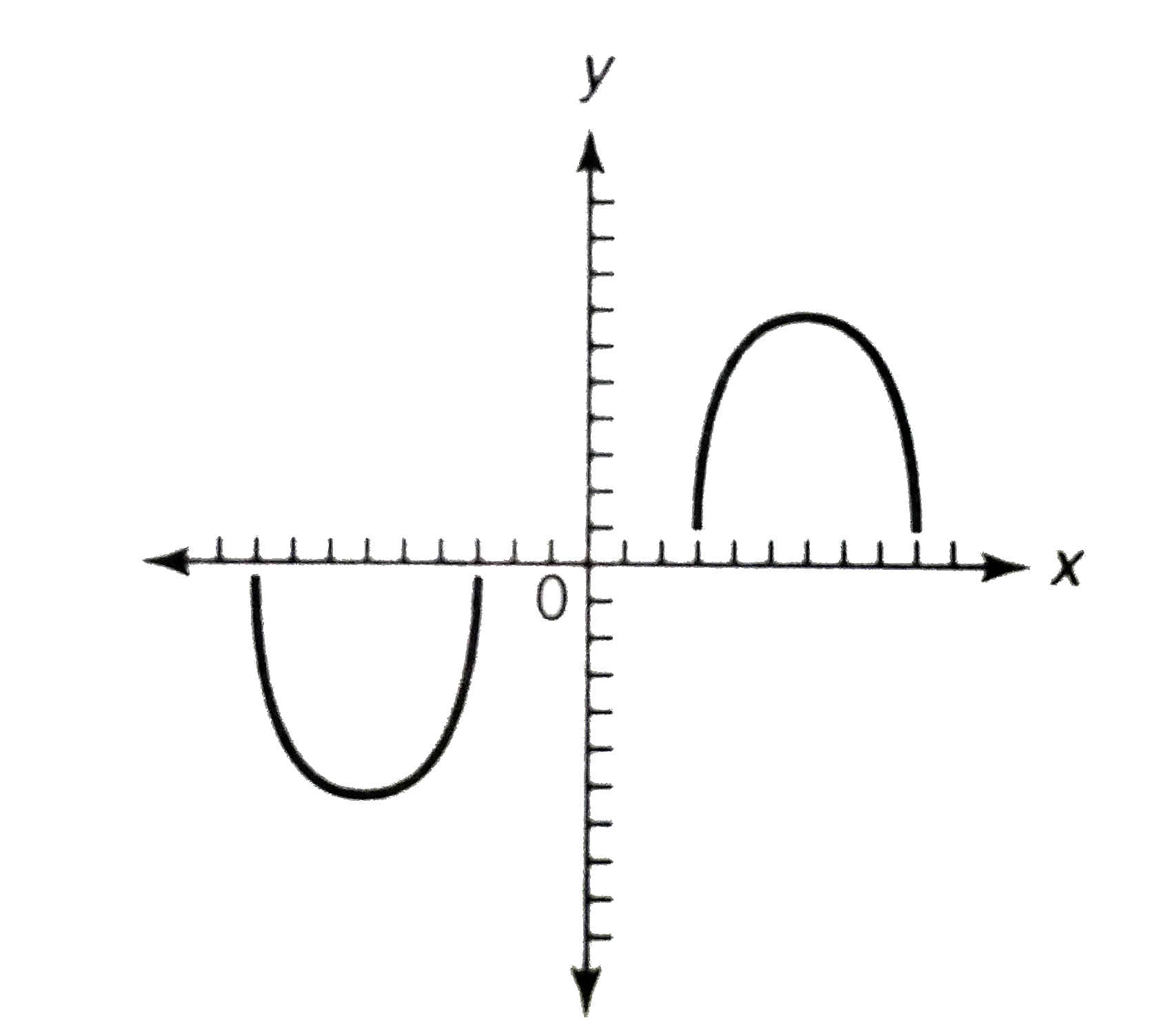
16-18 The graph of polynomial function f is shown above.
Q.What is the greatest integer value of k for which f(x)=k has exactly 3 real solutions?
−5
0
6
7
The correct Answer is:C
Step by step video, text & image solution for 16-18 The graph of polynomial function f is shown above. Q.What is the greatest integer value of k for which f(x)=k has exactly 3 real solutions? by Maths experts to help you in doubts & scoring excellent marks in Class 12 exams.
Updated on:21/07/2023Topper's Solved these Questions
- PASSPORT TO ADVANCED MATHBOOK - ENGLISH SATCHAPTER - PASSPORT TO ADVANCED MATHEXERCISE - Grib-In
29 Videos
- PASSPORT TO ADVANCED MATHBOOK - ENGLISH SATCHAPTER - PASSPORT TO ADVANCED MATHEXERCISE - EXERCISE
80 Videos
- PASSPORT TO ADVANCED MATHBOOK - ENGLISH SATCHAPTER - PASSPORT TO ADVANCED MATHEXERCISE - EXERCISE
80 Videos
- PARAMETRIC EQUATIONS BOOK - ENGLISH SATCHAPTER - PARAMETRIC EQUATIONS EXERCISE - EXERCISES
3 Videos
- PIECEWISE FUNCTIONSBOOK - ENGLISH SATCHAPTER - PIECEWISE FUNCTIONSEXERCISE - EXERCISES
8 Videos
Similar Questions
Knowledge Check

16-18 The graph of polynomial function f is shown above.
Q. What is the best estimate of the remainder when f(x) is divided by x+3?A−6.0B0C6.5DIt cannot be determined.
16-18 The graph of polynomial function f is shown above.
Q. What is the maximum number of points a circle whose center is at the origin can intersect the graph of y=f(x)?A2B3C4D6
The graph of the function f is shown above. Which of the following could represent the graph of y=|f(x)|?A B
B C
C D
D
Let f(x)=2|x|−1x−3
Range of the values of 'k' for which f(x)=k has exactly two distinct solutions:
View SolutionLet f(x)=sin−1x−cos−1 x, then the set of values of k for which of |f(x)|=k has exactly two distinct solutions is :
View SolutionFor what value of k does 4x2+kx+25=0 have exactly one real solution for x?
View Solution
Some values of the linear function f are shown in the table above. What is the value of f (3) ?
View Solution
The graph of f(x) is shown above , Which of the following represents the graph of f(x-3) ?
View Solution
